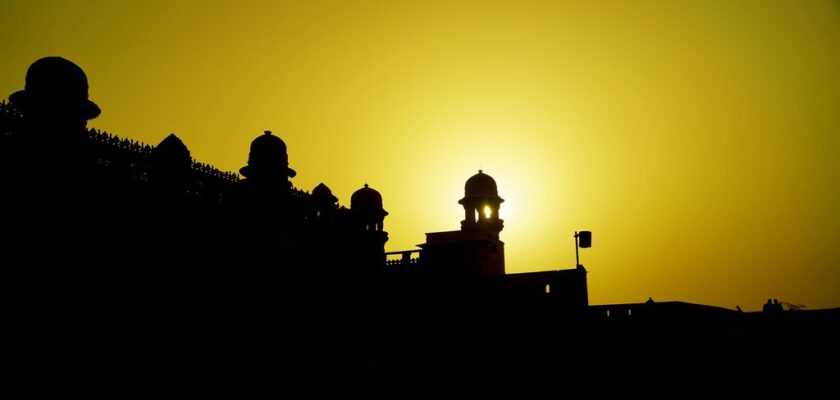Gwalior Fort
Gwalior Fort is a fortress near Gwalior, one of the most impregnable forts in India, built on a sandstone hill, surrounded by high walls. Gwalior Fort is a complex of buildings belonging to different periods. The fortifications carved in the rock and surrounding the fort are decorated with statues of tirthankaras, beings who give enlightenment to people. The palace is located in the northeastern part of the fort, it is decorated with original tiles with symbolic images.
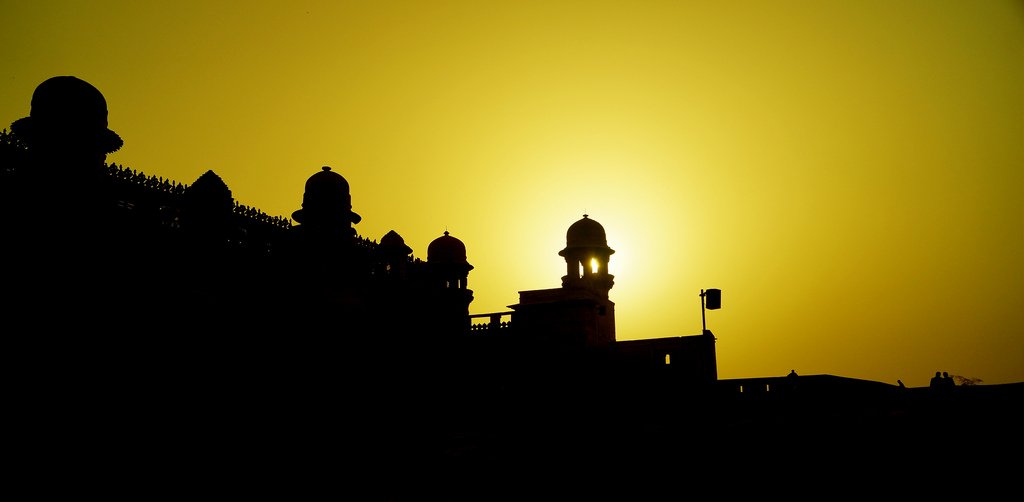
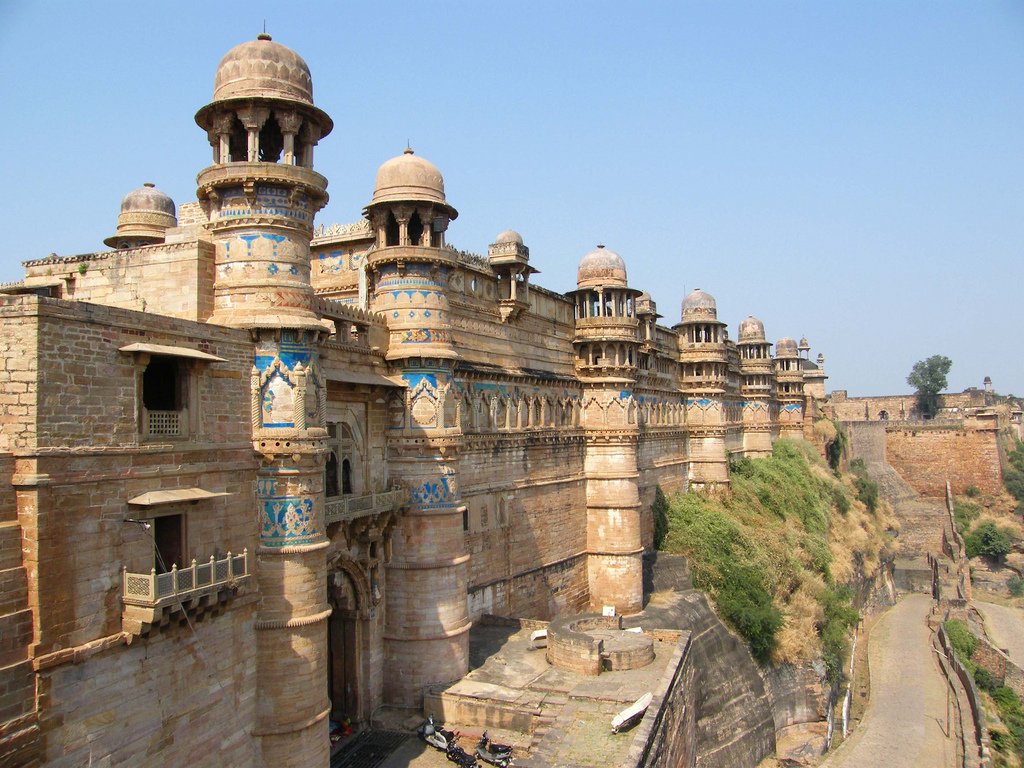
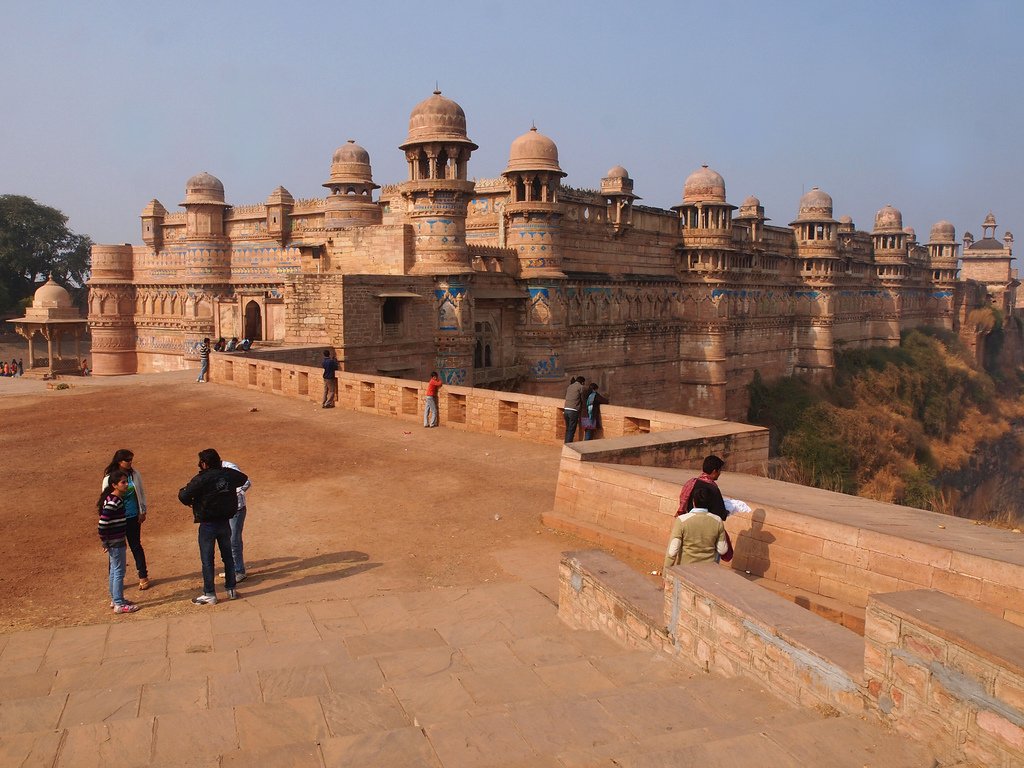
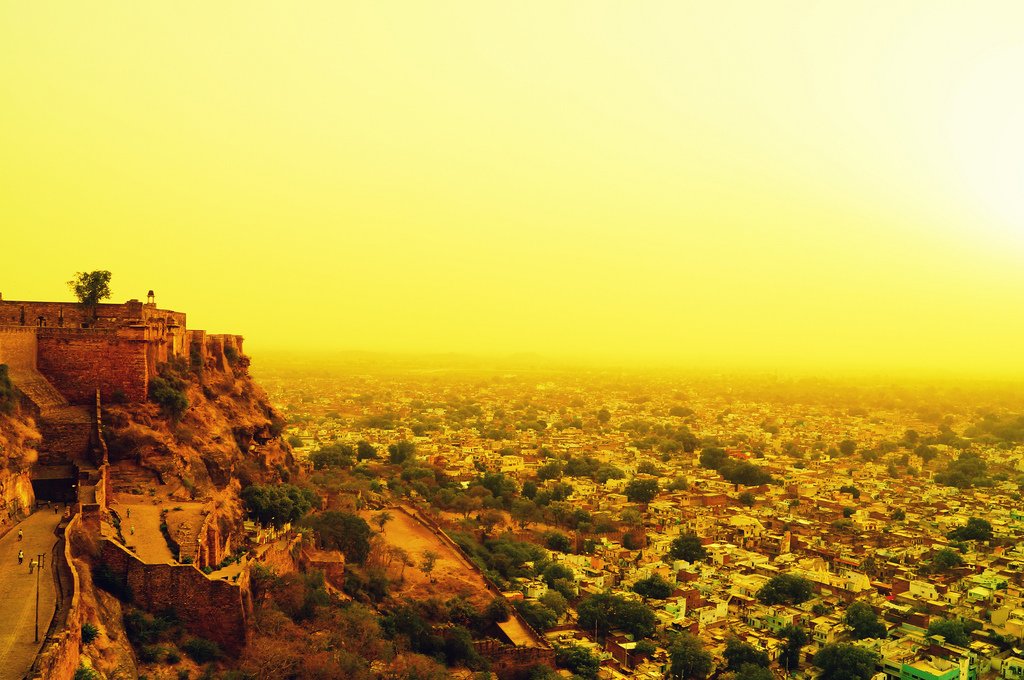
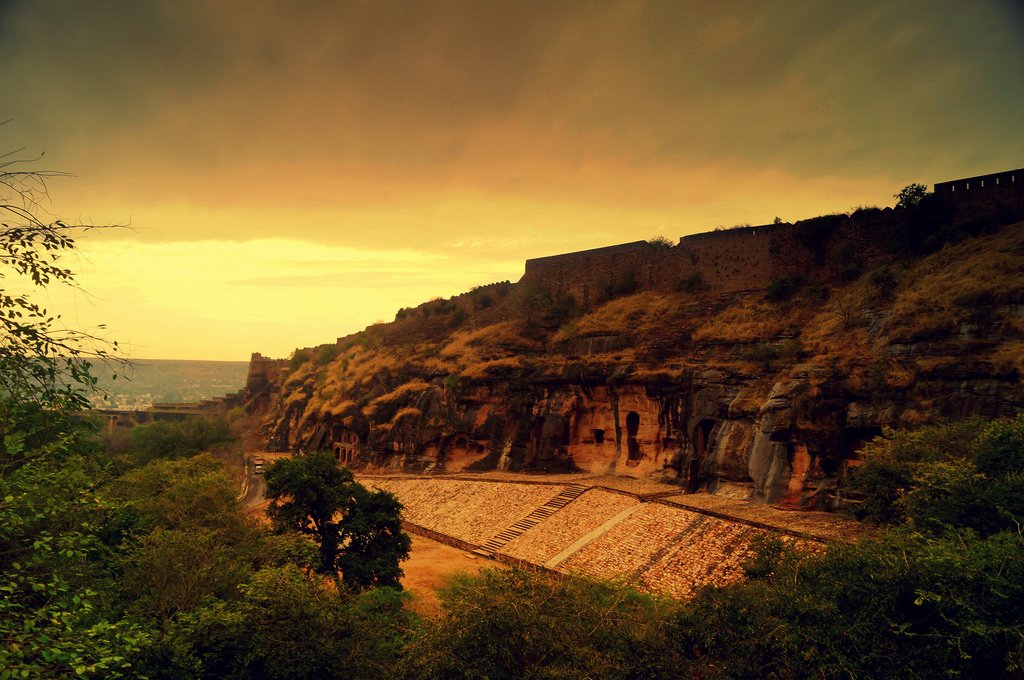
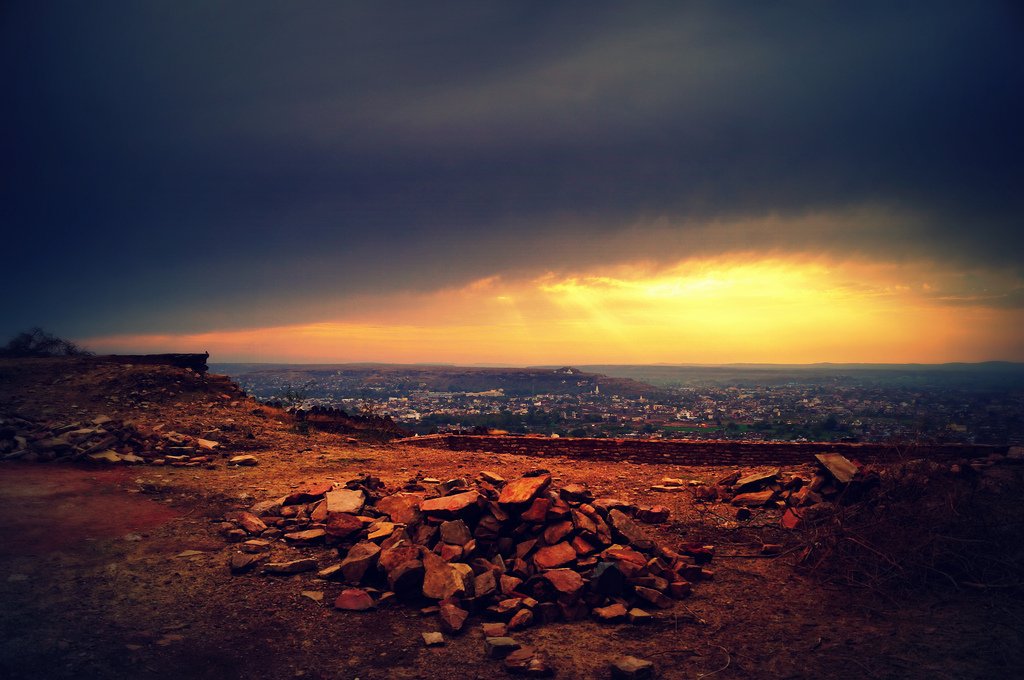
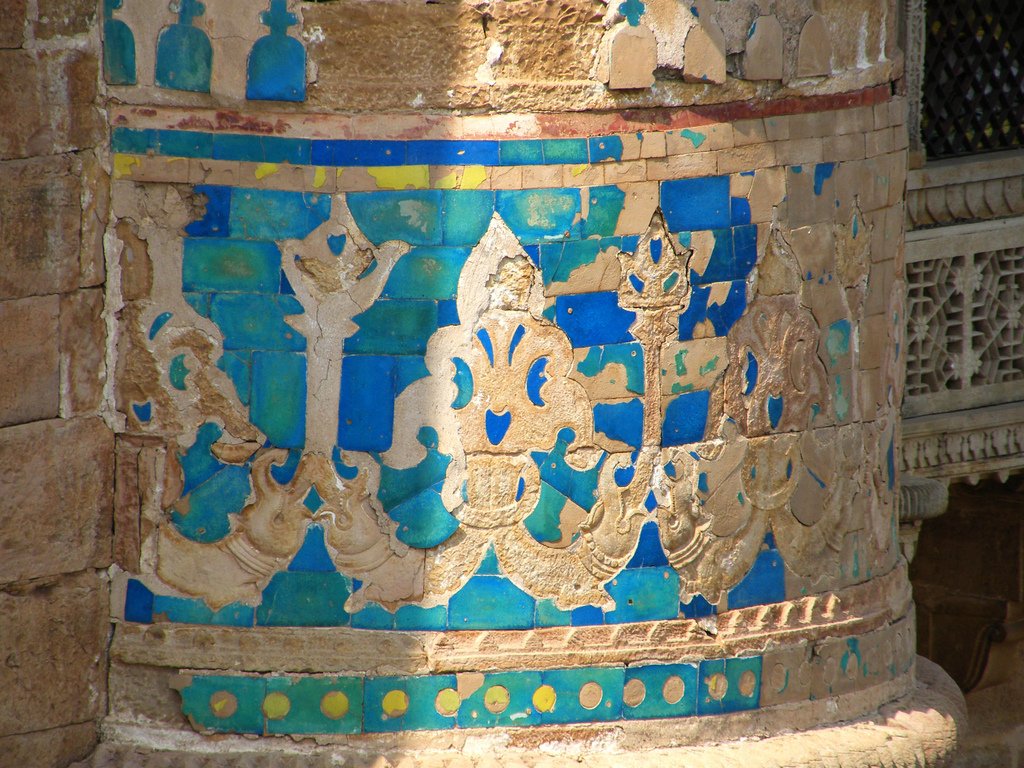
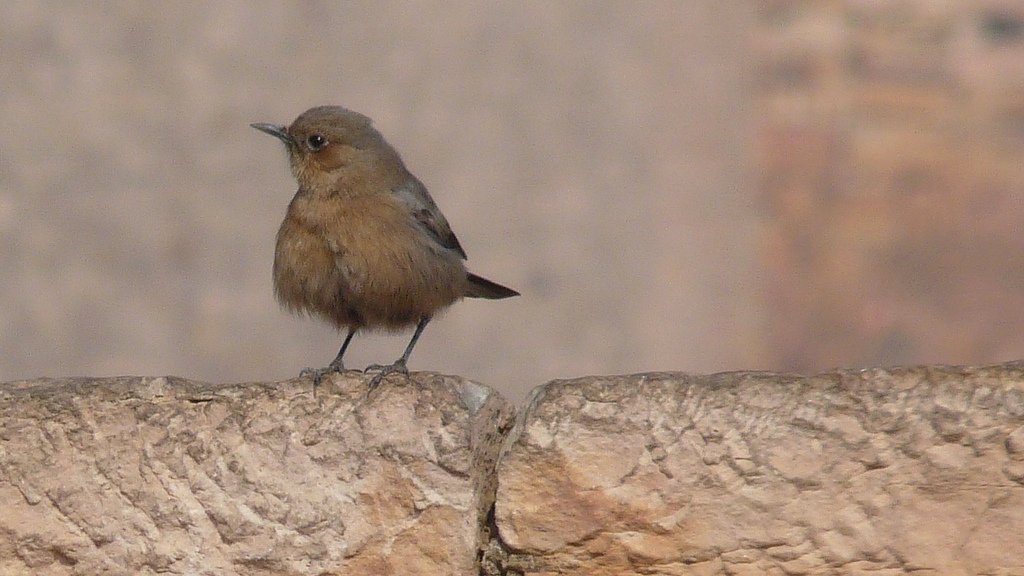
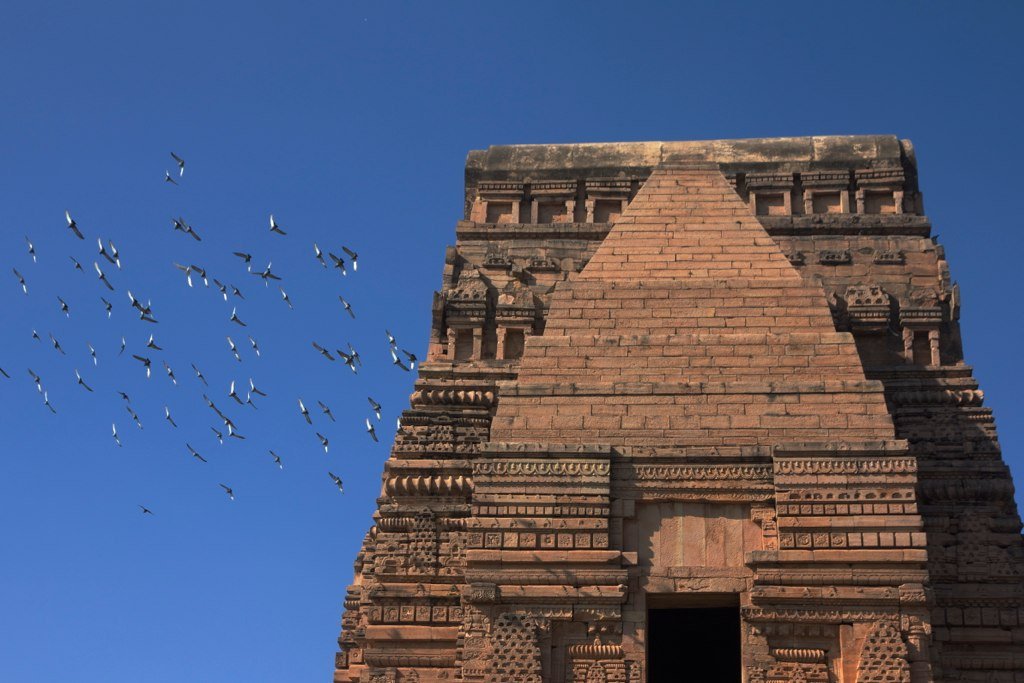
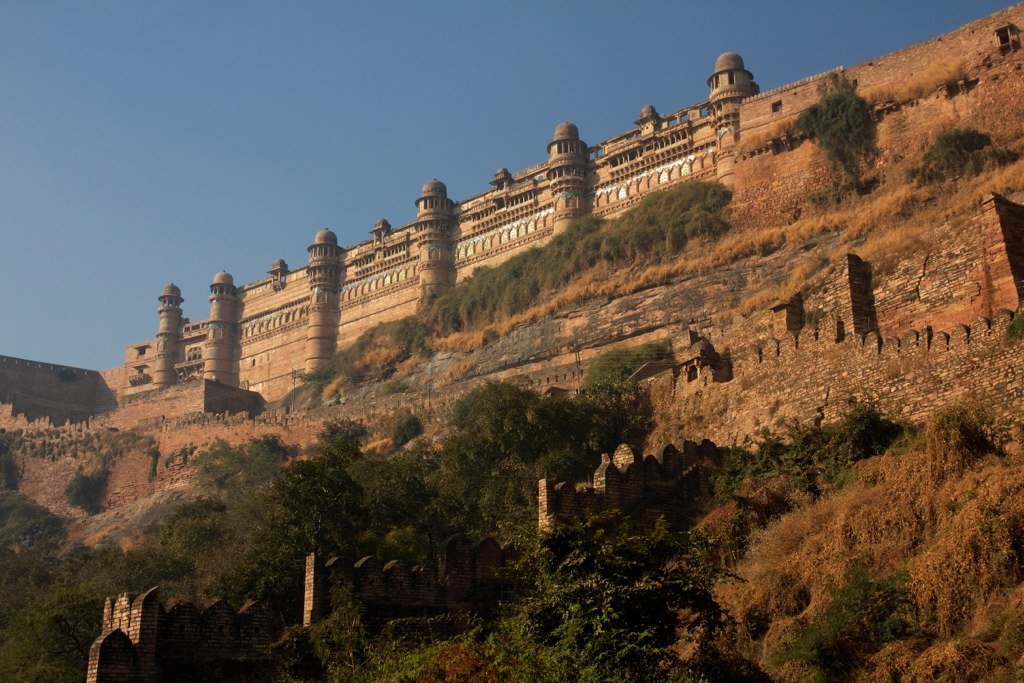
General Information
Gwalior Fort holds a special place in the history of human civilization, as the world’s oldest image of the numeral “0” in the number “270” was discovered on its walls. The Indian Postal Service even issued a postage stamp with its image.
Interestingly, it was the fortress that gave its name to the later built city of Gwalior. The name itself comes from the name of a hermit named Gwalip, who once lived here.
History
The fort once played an important role in the history of the principalities of North India. Situated on a high hill, with a complex of mosques, palaces, temples, tombs, a number of archaeological and architectural monuments, it is clearly visible from any part of the city. The outer walls, 3 km long and 11 meters high, once earned a reputation as one of the most powerful fortresses in India. Founded in the 8th century, much of the fort was completed in the late 15th century.
.Gwalior Fort has changed hands many times, bringing admiration to its conquerors. It is said that the first Mughal emperor Babur, who had little admiration for India, described it as “the jewel in the necklace of the forts of Hindustan” and the artist William Hodges called it “the Gibraltar of the East.”
.Today, the Gwalior Fort remains one of the largest complexes of structures in India: it is about 2 km long and up to 1 km wide in some places. Six palaces, six temples, a mosque, eight swimming pools and the rarest monuments of Indian architecture of the 11th century have survived to this day. At the walls of the fortress in the XV century were carved in the thickness of the rock giant Jain statues, reaching a height of 18 meters. Visitors are also attracted by the panoramic view of the city and the surrounding area
.Architecture
Inside the fort are true wonders of medieval architecture, including the 15th century and beautifully preserved Gujuri Mahal, a small palace for his beloved, built by Raja Man Singh Tomar. It now houses the Archaeological Museum. It houses the statue of Shahalbha nijika of Giraspur, a true perfection.
.The Mandir Palace, built by Raja Man Singh Tomar in 1486-1516, is one of the most interesting examples of early Hindu architecture in India.
.Many of the decorative tiles that once adorned the palace have not survived, but a few fine details can be seen at the entrance. The huge rooms, many of which are decorated with elegant stone screens, give an idea of how refined life here was in the past. One of the palace halls, Baradari, now lies in ruins, but once held 12 columns.
.
In the underground of the palace is a prison that witnessed the torture and murder of many prisoners during the Mughal Empire. Mughal Emperor Aurangzeb imprisoned his brother Murad in this prison and then, accused of treason, killed him. Nearby is the Jauhar reservoir, near which, according to ancient Rajput tradition, the wives of rajas performed sati after the death of their spouses (a ritual in which widows were burned alive on a funeral pyre along with their deceased husband).
.Near the center of Gwalior Fort is the magnificent Jai Vilas Palace. It is still the residence of the maharaja and his family, but part of the premises have been converted into the Jivaji Rao Sindhia Museum. The architecture of the palace is a proud combination of Tuscan and Corinthian orders, and the interiors are reminiscent of the luxurious lifestyle of the high nobility. The two main lights in the Darbar Hall weigh 2 tons each and were installed only after the builders tested the strength of the ceiling by driving ten elephants onto it.
.
The rooms of the palace are decorated with gilding, heavy draperies and tapestries, magnificent Persian carpets and antique furniture, including four-poster beds from France and Italy. Among the many treasures that showed how the rulers of India lived were a silver train with crystal carriages that traveled around the dining table moving on miniature rails, an Italian crystal cradle meant for baby Krishna, silver cutlery and swords that once belonged to Auranjeb and Shah Jahan.
.There are also several remarkable Hindu temples to see at Gwalior Fort. One of them, completed in 1093, Sasba-khu Ka Mandir, is known for its magnificent bas-reliefs.
Teli Ka Mandir is a 9th century temple dedicated to Vishnu. It is built in an interesting style that combines Dravidian and Indo-Aryan architecture, and the walls are decorated with statues and ornaments. It may be the first temple to be built in the fort, and it is also the tallest building in the complex.
.On the rocky slopes of Gwalior Fort, unique Cave Temples with figures of tirthankars have been preserved. In Jainism, a tirthankar was defined as an ascetic who attained enlightenment, who then became a role model for those who aspire to live according to the spiritual canons. The tallest of the tirthankaras reaches a height of 17 meters, making it one of the largest sculptures in the world carved from solid stone. Created between 1441 and 1474, the tirthankar statues are unique monuments of ancient Indian culture.
.Tourists
There are two roads to the fort and both are very steep. A rickshaw can take you to Urvai, the western gate, so many people tend to take this route, as the eastern entrance to the fort cannot be reached by vehicle. But the western gate looks rather unsightly compared to the menacing view of the fort from the eastern side, so it’s worth the steep climb, if only for that. In any case, don’t miss the stone sculptures on the west side on the way back. The upper figures are much more impressive than those seen from the east, so it’s worth a walk around the fort.
.
The ticket office (2480011; Indians/foreigners 5/100 rupees, videography 25 rupees; sunrise-sunset) near Man Singh Palace sells tickets to the monuments and separately (5 rupees) to the small nearby museum.
.Light and sound show (Indians/foreigners 50/250 rupees; in English 8.30 p.m. March-October, 7.30 p.m. November-February, in Hindi 7.30 p.m. March-October, 6.30 p.m. November-February) – every evening under the open sky.
.Much of the fort is now occupied by the prestigious private Scindia School, founded by Maharaja Madhavrao Scindia in 1897 to educate India’s nobles.
.